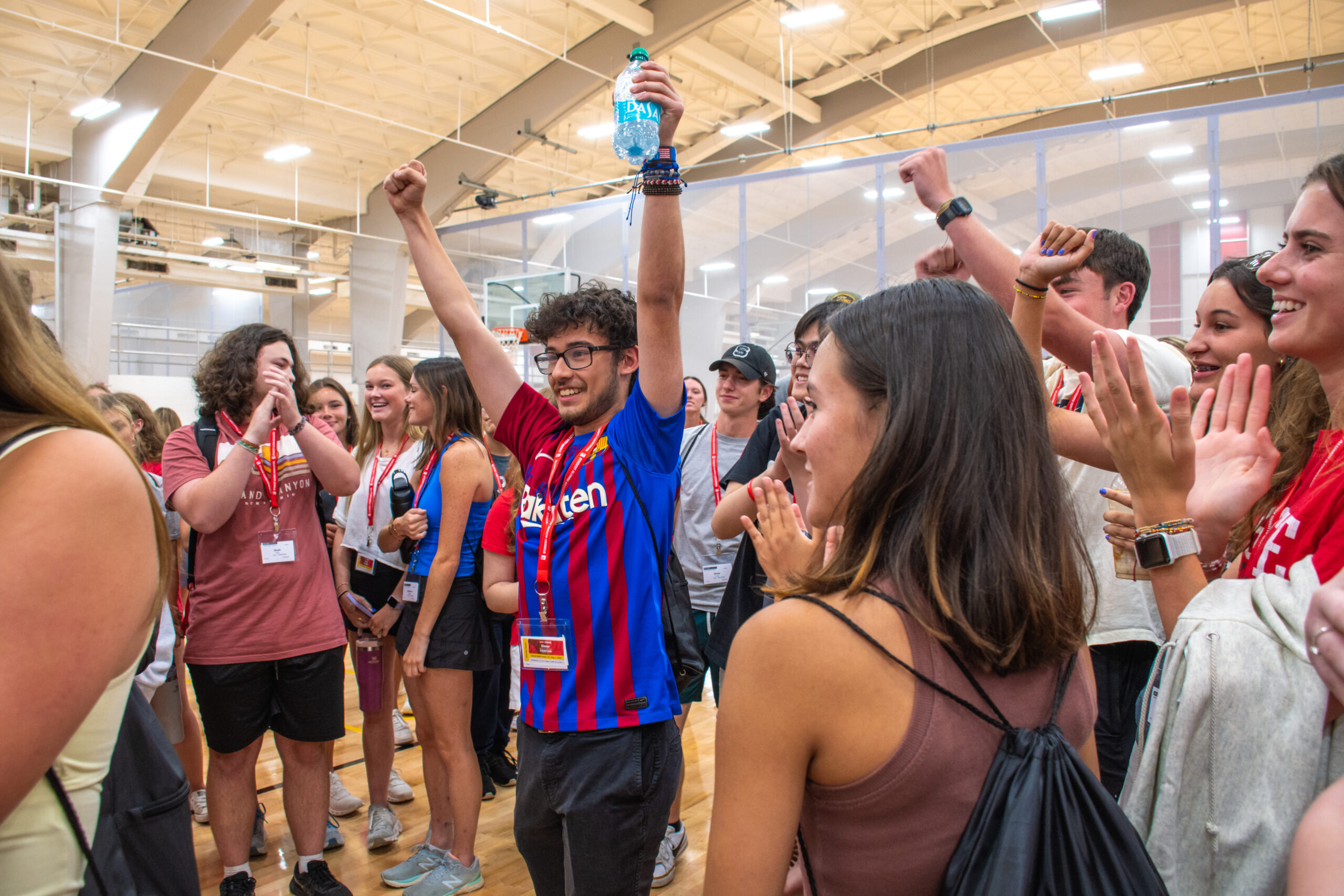Assistant Professor Tamecia Jones Blends STEM Education with Civics Lessons through Work on Grant-funded Project

NC State College of Education Assistant Professor Tamecia Jones is applying her background in engineering to help K-12 students understand and address inequities in their communities through civic engagement.
Using $881,610 in grant funding from the U.S. Department of Education, Jones, in partnership with social studies, science, and history education faculty at Purdue University, will work on Project RISE. The project will develop and implement innovative digital civics instruction modules and a mobile application to enhance students’ civic readiness.
“Breaking down silos between the fields of STEM education and social studies has benefits because ideas and solutions created in isolation can have blindspots, potentially solving one problem while simultaneously creating another problem,” Jones said. “The project seeks to deploy engineering design approaches to help students understand and address systemic inequities in their communities and demonstrate how civic purpose and civic knowledge and skill can influence public policy to solve such problems.“
The app that will be developed as part of the project aims to help students become citizen engineers and create digital archives by documenting issues they see in their communities through photos or text posts with geographic information system (GIS) information. After the student uploads their photo, they will be prompted to think about who in their community they should report an issue to, such as a town council, and what steps should be taken to find a resolution. The app will also have some engineering notebook features to capture ideas and record data.
In developing the application and instructional modules, Jones and the team will use engineering and design thinking that incorporates aspects of user-centered design, human-centered design and universal design. These approaches, she said, should help students identify and scope a problem, research the issue, brainstorm solutions, navigate constraints to the solution and conduct prototyping and testing, communication and revision of their plan.
The solutions they come up with, Jones said, can range from physical engineering solutions to solutions that involve political processes or policy revisions. Through this, they will learn about engineering as well as civics concepts including local government and voting.
Jones said she hopes that this unique combination of STEM and social studies curricula will help to reconceptualize and reinvigorate civic engagement among K-12 students by making it more relevant to them.
“Youth want to solve problems for themselves, their peers and family members as soon as they see them, but sometimes they don’t know how. This project will give them tools and agency to identify problems, use technology in and beyond the classroom and allow them to see how their engagement changes their communities for the better,” she said.
- Categories:


